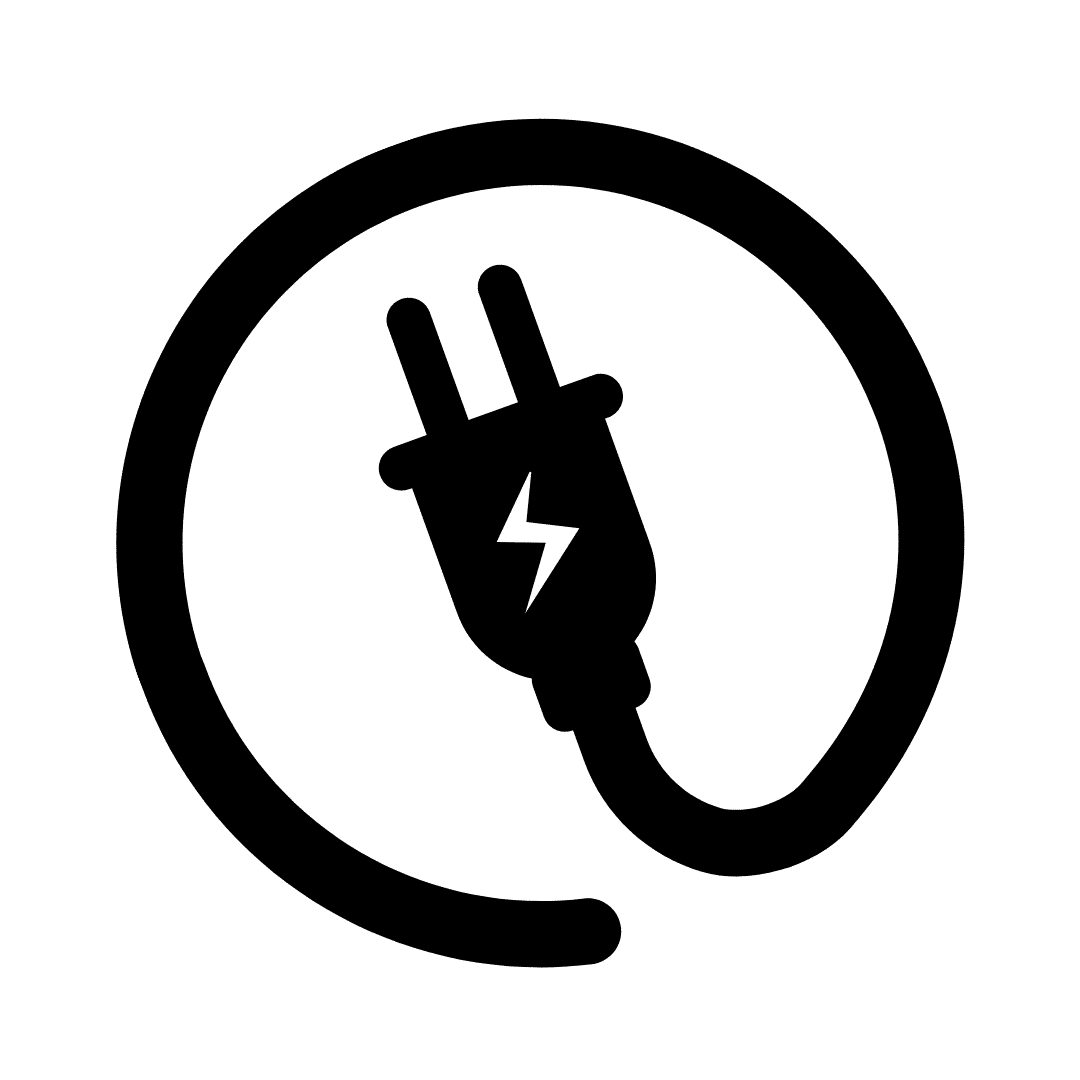Replace leaky windows and doors to heat and cool your home more effectively
If you’re a Nevada resident looking to cut down on your energy bills, replacing drafty windows and doors is one of the smartest upgrades you can make. Many homes, especially older ones, have single-pane windows that leak air or doors that no longer seal properly, letting cool air escape in the summer and warm air in the winter.
Fortunately, the federal Inflation Reduction Act makes weatherization tax credits available to Nevadans for these common-sense upgrades. The Energy Efficient Home Improvement Credit (25C) covers weatherization upgrades, including windows, skylights, and exterior doors.
You wouldn’t leave your front door wide open in the middle of a heatwave, but leaky windows and poorly sealed doors can have the same effect. When air escapes, your HVAC system has to work harder, driving up your bills. Upgrading your windows and doors helps keep your home more comfortable year-round and your energy costs down.

